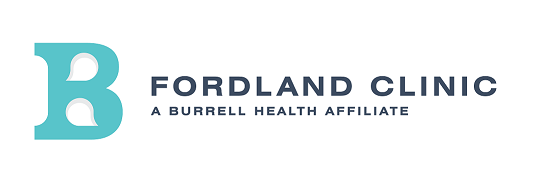For more than 50 years, U.S. health centers have delivered comprehensive, high-quality preventive and primary health care to patients regardless of their ability to pay, becoming one of the largest safety net systems in the country. Fordland Clinic has been no exception. In 2015, Fordland Clinic provided care to many of the most underserved members of its community. In addition to providing quality care, Fordland Clinic generated positive economic impacts, including jobs, tax revenues and savings to the health care system.

Fordland Clinic Community and Economic Impact for 2015
Community Impact
Patients Served: 7,459 Patients and 16,141 Patient Visits
Patient Profile: 33% Medicaid, 13% Medicare, 29% Uninsured, 24% Privately Insured
Cost Savings: $9.4 Million Annually
Economic Impact
Economic Impact Annually: Total $5,112,162, Direct $2,897,020, Non-Direct $2,215,142
Employment: Total Jobs 51, Direct 33, Non-Direct 18
Tax Revenue Annually: Total $700 Thousand, State and Local $200 Thousand, Federal $500 Thousand.
Source: MPCA and Capital Link
Community Impact
Community health centers provide high quality, cost-effective, patient-centered care to vulnerable populations. Health centers serve 1 in 7 Medicaid beneficiaries, almost 1 in 3 individuals in poverty, and 1 in 5 low-income, uninsured persons. Nationally, two-thirds of health center patients are members of racial or ethnic minorities, which places health centers at the center of the national effort to reduce racial disparities in health care.1
Recent studies show that, on average, each patient receiving care at a health center saved the health care system 24%, annually.4 With 7,459 patients served by Fordland Clinic in 2015, the estimated annual savings is $9.4 million at $1,263 saved per patient.5
Economic Impact
As health centers expand, their expenditures and corresponding economic impact also grow. In 2015 alone, Fordland Clinic contributed about $5.1 million dollars.
The tax impacts of Fordland Clinic are divided into state/local governments and Federal government agencies.
Tax revenue is generated through employee compensation, proprietor income, indirect business taxes, households, and corporations based on the modeled impact.
Sources
1. NACHC, A Sketch of Community Health Centers, 2013. Includes patients of
federally-funded health centers, non-federally funded health centers, and
expected patient growth for 2013.
4. Richard et al. Cost Savings Associated with the Use of Community Health Centers.
Journal of Ambulatory Care Management, Vol. 35, No. 1, pp. 50–59,
January/March 2012.
5. NACHC. Community Health Centers: The Local Prescription for Better Quality and
Lower Costs. http://www.nachc.org/client/LocalPrescriptionBrief.pdf
Includes cost savings per patient. March 2011.
This report was created with the FY15 financial statement and the 2015
UDS report from Fordland Clinic in cooperation with Missouri Primary Care Association (MPCA).
Information provided by Capital Link (caplink.org) and the MPCA (mo-pca.org)

